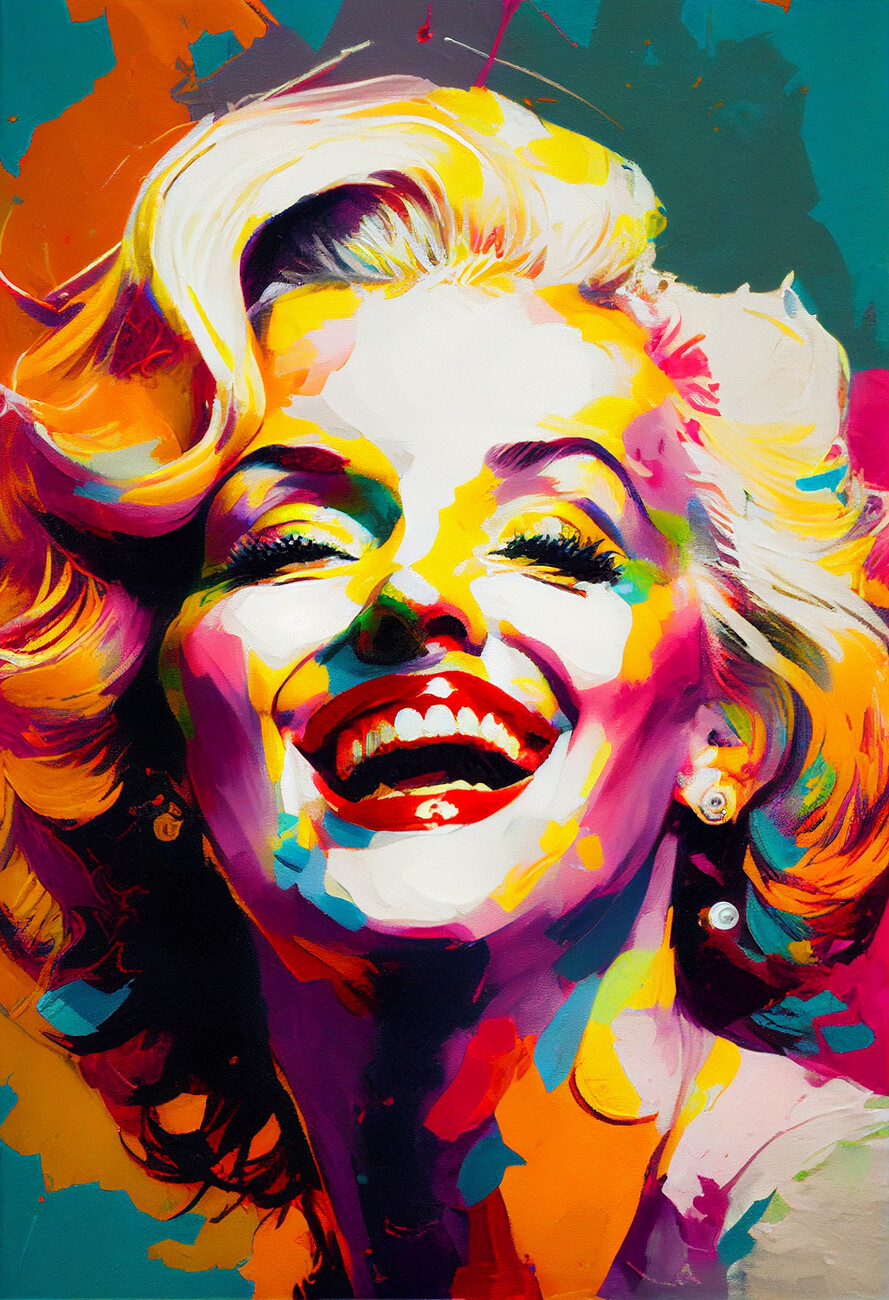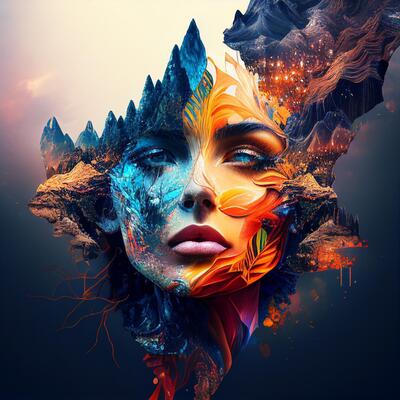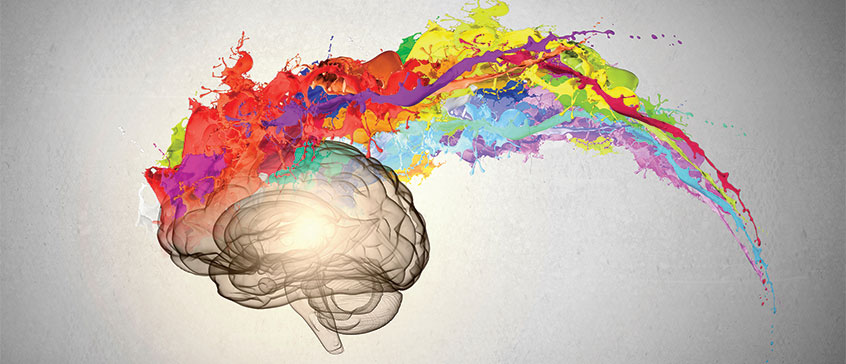Exploring the Diverse World of Artistic Expression: From Surrealism to Abstract Realism
In the world of creative expression, from the dreamlike landscapes of surrealism to the elaborate play of light and type in abstract realism, artists have actually constantly pushed the borders of creativity and creativity. Each movement holds an one-of-a-kind lens where the world is checked out and interpreted, supplying a glance into the midsts of human emotion, understanding, and assumed. As we check out the complex world of art, we are provided with a tapestry of designs, techniques, and ideologies that challenge our understanding and provoke reflection. The journey with these varied types of imaginative expression promises to decipher an abundant tapestry of visual storytelling and intellectual questions that captivates the mind and stirs the heart.
Surrealism: Letting Loose the Subconscious
Surrealism, an avant-garde artistic motion of the 20th century, looked into the depths of the subconscious, unveiling a world of dream-like imagery and unconventional juxtapositions. Led by musicians like Salvador Dali, René Magritte, and Joan Miró, Surrealism sought to challenge the traditional methods of understanding and seeing art. Through techniques such as automatism and dream analysis, Surrealist artists aimed to take advantage of the subconscious mind to reveal hidden realities and wishes.
Among the crucial elements of Surrealism was the emphasis on the irrational and the exceptional. By incorporating unexpected aspects in their works, Surrealist artists aimed to develop a feeling of disorientation and shock in the customer. This disruption of logic and factor was indicated to prompt a deeper exploration of the subconscious and the mysteries of the human psyche.
Abstract Realism: Redefining Perception
Challenging conventional creative boundaries, Abstract Realism redefines understanding via the combination of well-known elements with abstract forms. This ingenious method to art integrates the representational precision of realistic look with the innovative freedom of abstraction, offering visitors an one-of-a-kind aesthetic experience that prompts them to examine their understanding of reality.
In Abstract Realistic look, artists make every effort to catch the essence of their topics while also instilling their work with a feeling of deepness and complexity through abstract elements. By mixing the knowledgeable about the strange, these artists invite audiences to involve with their pieces on several levels, encouraging them to explore the subtleties of color, texture, and type.

Cubism: Breaking Up Truth
Making use of geometric types and fragmented point of views, Cubism reinvented the creative depiction of fact in the early 20th century. This approach not only deconstructed truth yet likewise stressed the flatness of the canvas, leading the way for future abstract art activities.

Cubism can be classified into 2 primary phases: Analytical Cubism, characterized by monochromatic color schemes and elaborate, fragmented types; and Synthetic Cubism, which incorporated collage elements and brighter colors right into the make-ups. Via these distinctive stages, Cubism affected not only painting but also layout, style, and sculpture. trump art. Its influence resounded across the art world, motivating musicians to discover new methods of interpreting and standing for the globe around them
Expressionism: Emotions on Canvas
Discovering the depths of human emotions via meaningful and dazzling brushstrokes, Expressionism arised as an extensive creative activity in the early 20th century. Unlike previous art motions that concentrated on showing the outside world, Expressionism delved right into the interior realm of the musician's psyche, intending to evoke raw feelings and provoke natural responses from customers.
Expressionist artists, such as Edvard Munch, Egon Schiele, and Emil Nolde, turned down conventional ideas of charm and realistic look in favor of distorting kind and color to communicate subjective feelings. Making use of overstated brushwork, vibrant colors, and distorted numbers assisted develop a sense of unease, alienation, or interest in their jobs.
One of one of the most renowned examples of Expressionism is Munch's "The Scream," which captures the extreme anxiety and misery of modern-day life through its swirling, altered number against a blood-red sky. With their psychologically charged works, Expressionist artists looked for to test conventional creative standards and provide a home window right into the turbulent depths of the human spirit.
Contemporary Art: Advancing Perspectives

One of the defining attributes of contemporary art is its continuous development and capacity to adjust to changing cultural landscapes. Artists are progressively including technology into their practice, blurring the lines between the digital and physical worlds. This combination of tools permits cutting-edge means of storytelling and engaging with audiences in a more interactive manner.
Furthermore, contemporary art typically offers as a system for see this page social discourse, attending to pushing problems such as identification, national politics, and the atmosphere. Artists are using their work to spark essential conversations and provoke thought, clarifying the intricacies of the globe we reside in. As point of views remain to develop, contemporary art remains a significant and vibrant force in shaping our social landscape.
Verdict
In verdict, the world of artistic expression encompasses a wide variety of designs and motions, each with its very own distinct approach to sharing definition and emotion. From surrealism's exploration of the subconscious to abstract realistic look's redefining of understanding, and from cubism's fragmentation of reality to expressionism's representation of feelings, art trump art remains to evolve and test point of views - trump art. Contemporary art reflects the ever-changing globe we reside in, offering brand-new methods to interpret and recognize the intricacies of our reality
As we discover the diverse globe of art, we are provided with a tapestry of styles, methods, and viewpoints that test our understanding and provoke reflection. Its effect reverberated throughout the art world, motivating artists to check out new methods of representing the world and translating around them.
